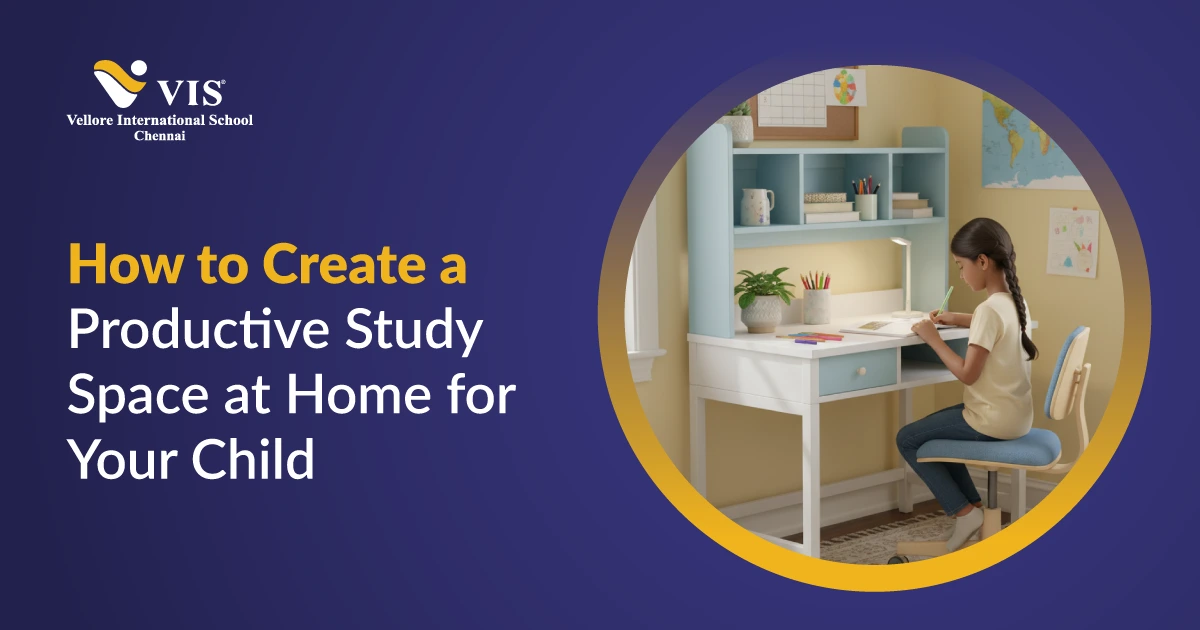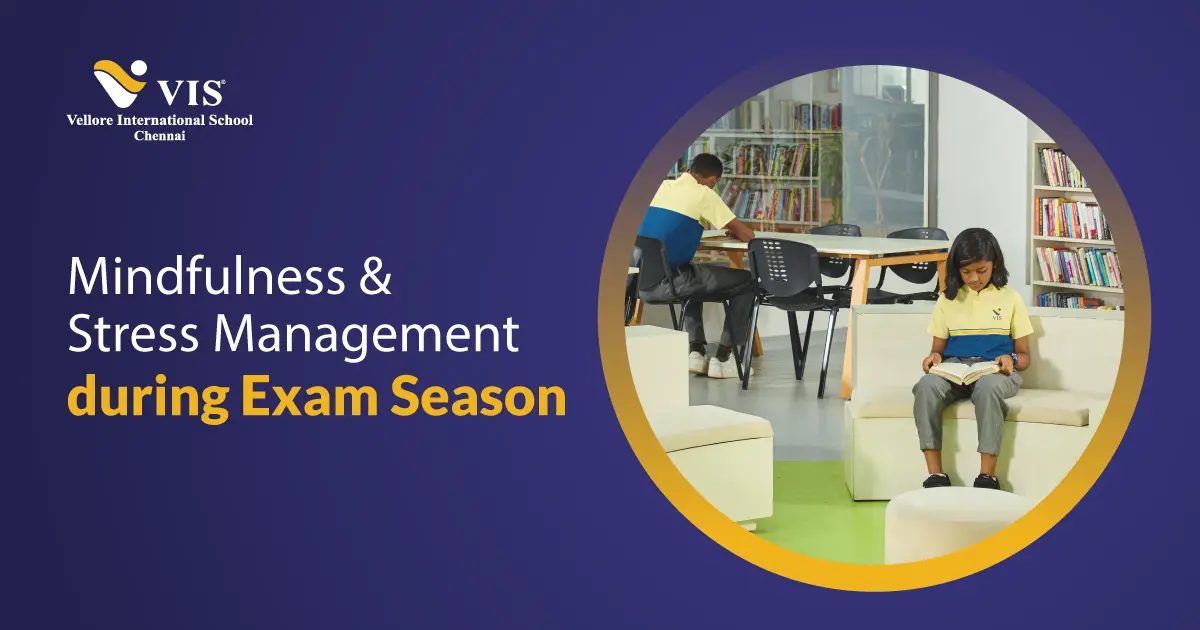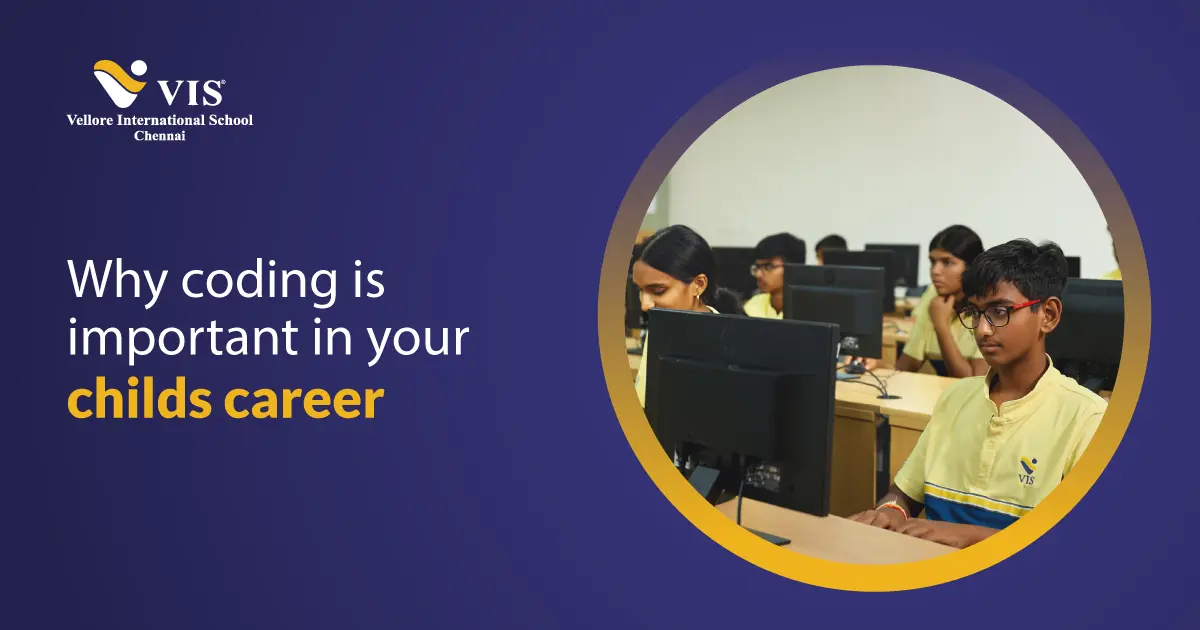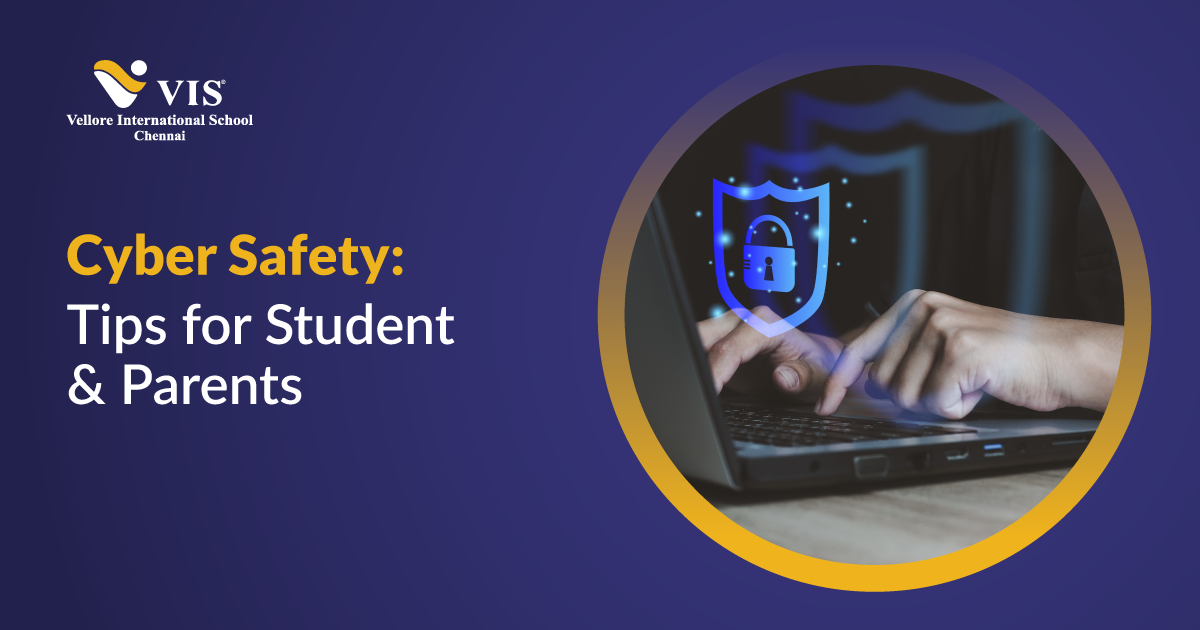STEM education in schools has emerged as one of the most powerful ways to prepare students for the future. STEM nurtures creativity, encourages critical thinking, and develops practical skills that are essential for real-world success.
Today’s ICSE schools are uniquely positioned to adapt this educational revolution. This blog walks you through the STEM Education ICSE Schools and how to build a future innovators from STEM Education.
What Is STEM Education?
Before exploring how STEM is transforming classrooms, let’s clarify what it truly means. STEM education in schools integrates the four disciplines: Science, Technology, Engineering, and Mathematics, into cohesive learning experiences.
Instead of teaching these subjects separately, STEM blends them through practical activities, problem based learning, and interdisciplinary projects. For example:
- A physics lesson might turn into a bridge building challenge.
- A mathematics concept may be applied to create real world solutions like water harvesting models.
- A coding session could involve designing eco-friendly robots.
The focus is not on rote memorisation, but on the importance of STEM learning through inquiry, collaboration, and application.
Why STEM Matters
The 21st-century workforce demands adaptable, tech-savvy individuals who can think critically and solve problems creatively. Here are some key reasons highlighting the importance of STEM learning:
1) Global Competitiveness: Countries investing in STEM produce more innovators, startups, and technological breakthroughs.
2) Future Career Readiness: Many of tomorrow’s jobs in AI, robotics, clean energy, biotech, and more require advanced STEM capabilities.
3) Confidence and Creativity: Through practical experiments, students gain confidence in their abilities and learn to approach problems with an inventive mindset.
The ICSE Advantage in STEM
ICSE (Indian Certificate of Secondary Education) schools offer a rich, concept-oriented curriculum that is ideal for STEM integration. Unlike rote learning models, ICSE encourages deep understanding, application based questions, and analytical thinking.
This naturally complements STEM education in schools, as STEM thrives in environments where inquiry, experimentation, and reasoning are valued. For example:
- ICSE’s focus on mathematics helps build logical foundations for engineering thinking.
- Its strong science curriculum aligns beautifully with technology-based experimentation.
- Language skills, another ICSE strength, support clear articulation of ideas, vital for innovation.
By combining ICSE’s robust curriculum with the importance of STEM learning, schools can create powerful ecosystems that nurture future-ready learners.
How STEM Education Transforms Learning
One of the greatest advantages of STEM education in schools is the dynamic transformation it brings to traditional classrooms. Instead of simply absorbing information, students become active participants in their own learning journey
1. Practical Learning
STEM is centred on doing, not just listening. Learners build models, design prototypes, or conduct experiments that turn abstract concepts into tangible experiences. This practical involvement deepens their understanding and highlights the importance of STEM learning in building problem solving abilities.
2. Collaborative Projects
STEM thrives on teamwork. Students work in groups to brainstorm, design, and execute projects, mirroring real professional environments. These collaborative experiences develop leadership, communication, and critical thinking skills, which are core STEM skills for students.
3. Inquiry Based Thinking
Rather than handing out solutions, teachers act as facilitators who encourage students to ask insightful questions, explore various possibilities, and discover their own answers. This builds independent thinking and innovation, key outcomes of STEM education in schools.
4. Technology Integration
STEM learning blends technology seamlessly into daily lessons. Coding platforms, robotics kits, 3D printers, and virtual labs make classrooms future-ready, reinforcing the importance of STEM learning in a digital-first world.
5. Real World Relevance
Finally, STEM connects academics to real life issues like climate change, healthcare, and sustainability. This relevance makes education meaningful, inspiring students to use their STEM skills for students to create positive change in society.
Developing Core STEM Skills for Students
Developing core STEM skills for students is essential for nurturing the next generation of problem-solvers, creators, and leaders. Effective STEM education in schools focuses on building these abilities from an early age, laying a strong foundation for future success.
A) Problem-Solving:
This is at the heart of STEM. Students learn to analyse complex challenges, break them into manageable parts, and develop creative solutions. Through interactive projects, they apply theoretical concepts to real world scenarios, reinforcing the importance of STEM learning.
B) Critical Thinking:
STEM encourages students to question, evaluate evidence, identify patterns, and make logical decisions. By building analytical reasoning, schools help learners tackle academic and real life problems with confidence.
C) Technological Literacy:
In the digital world, being comfortable with technology is a must. Students gain exposure to coding, robotics, digital tools, and emerging technologies. These STEM skills for students ensure they remain ready for the future and adaptable.
D) Creativity & Innovation:
STEM nurtures imagination and originality. Learners brainstorm new possibilities and bring their ideas to life through models, prototypes, or digital solutions, enhancing their innovative mindset.
E) Collaboration:
Modern challenges require teamwork. STEM activities encourage students to work in groups, exchange ideas, and achieve shared goals, mirroring real world work environments.
Schools that prioritise these core skills and understand the importance of STEM learning empower students to thrive academically and professionally.
Real-World Applications of STEM Learning
One of the most exciting aspects of STEM education in schools is its real-world applicability. Students see the direct connection between what they learn and the world around them. For example:
- Environmental Sustainability: Designing water saving devices or solar power solutions.
- Healthcare Innovation: Using coding to model disease spread or create health monitoring systems.
- Urban Planning: Applying mathematics and engineering to build sustainable cities.
- Entrepreneurship: Turning STEM projects into viable start-up ideas.
Role of Teachers in STEM Education
Teachers are the core of successful STEM programs. Their role shifts from knowledge providers to facilitators, mentors, and co-explorers. To make STEM education in schools effective:
- Teachers must adopt project based approaches rather than purely lecture based methods.
- Continuous training in new technologies and teaching methods is essential.
- Encouraging curiosity and adapting student-led exploration enhances outcomes.
- Creating inclusive classrooms ensures that all students, regardless of background, develop STEM skills for students.
When educators truly understand the importance of STEM learning, they become catalysts for innovation in the classroom.
How Parents Can Support STEM Learning
Parents play a crucial role in reinforcing the importance of STEM learning at home. Simple steps can make a big difference:
- Encourage children to ask questions and explore answers independently.
- Provide educational games, kits, and DIY projects.
- Celebrate curiosity and experimentation, even when outcomes are unexpected.
- Expose them to STEM role models through books, documentaries, and visits.
When parents and schools work together to strengthen STEM skills for students, the results are transformative.
STEM Education at Vellore International School
At Vellore International School (VIS), STEM is a way of learning. As one of Chennai’s premier ICSE institutions, VIS is committed to nurturing young minds to become innovators and problem-solvers. Our school believes in the importance of STEM learning as a core of holistic education.
Classrooms are designed to build curiosity and collaboration. Students are encouraged to engage in interdisciplinary projects that integrate science, mathematics, technology, and engineering principles.
Coding clubs, robotics workshops, and science fairs are regular features, ensuring that STEM skills for students are developed from an early age. VIS recognises that the future belongs to those who can think critically, solve problems creatively, and work collaboratively
Final Thoughts: Shaping the Innovators of Tomorrow
STEM is a mindset, one that creates curiosity, problem solving, collaboration, and resilience. By prioritising STEM education in schools, we are laying the foundation for a generation of thinkers, creators, and leaders who can navigate the complexities of tomorrow’s world.
Vellore International School exemplifies this vision. By recognising the importance of STEM learning and nurturing STEM skills for students, it is building future innovators who will excel academically and shape industries, solve global challenges, and inspire others.
The future belongs to those who dare to question, explore, and create and STEM paves that path brilliantly.
FAQs
1. Why is STEM education in schools essential for students today?
STEM education builds problem solving, critical thinking, and creativity from an early age. It equips learners with future ready skills for evolving careers. Schools that focus on the importance of STEM learning help students thrive academically and professionally.
2. What are the key STEM skills for students to develop early on?
Core STEM skills include problem solving, critical thinking, technological literacy, creativity, and teamwork. Developing these skills early gives students a strong foundation. They become more confident learners, ready to tackle real world challenges effectively.
3. How does STEM education prepare students for future careers?
Modern industries demand innovation, adaptability, and tech fluency. STEM education in schools nurtures these skills through practical projects and interdisciplinary learning. This prepares students for fields like AI, robotics, data science, and sustainable development.
4. Can STEM learning benefit students who don’t choose science-related careers?
Absolutely. The importance of STEM learning extends beyond science. Skills like logical thinking, creativity, and digital literacy are valuable in law, business, the arts, and entrepreneurship. STEM builds versatile learners for any career path.
5. How can parents support STEM skills for students at home?
Parents can encourage curiosity through DIY experiments, educational kits, coding games, and open discussions. Celebrating creativity and problem-solving helps reinforce STEM skills for students, making learning fun and impactful beyond the classroom.


























